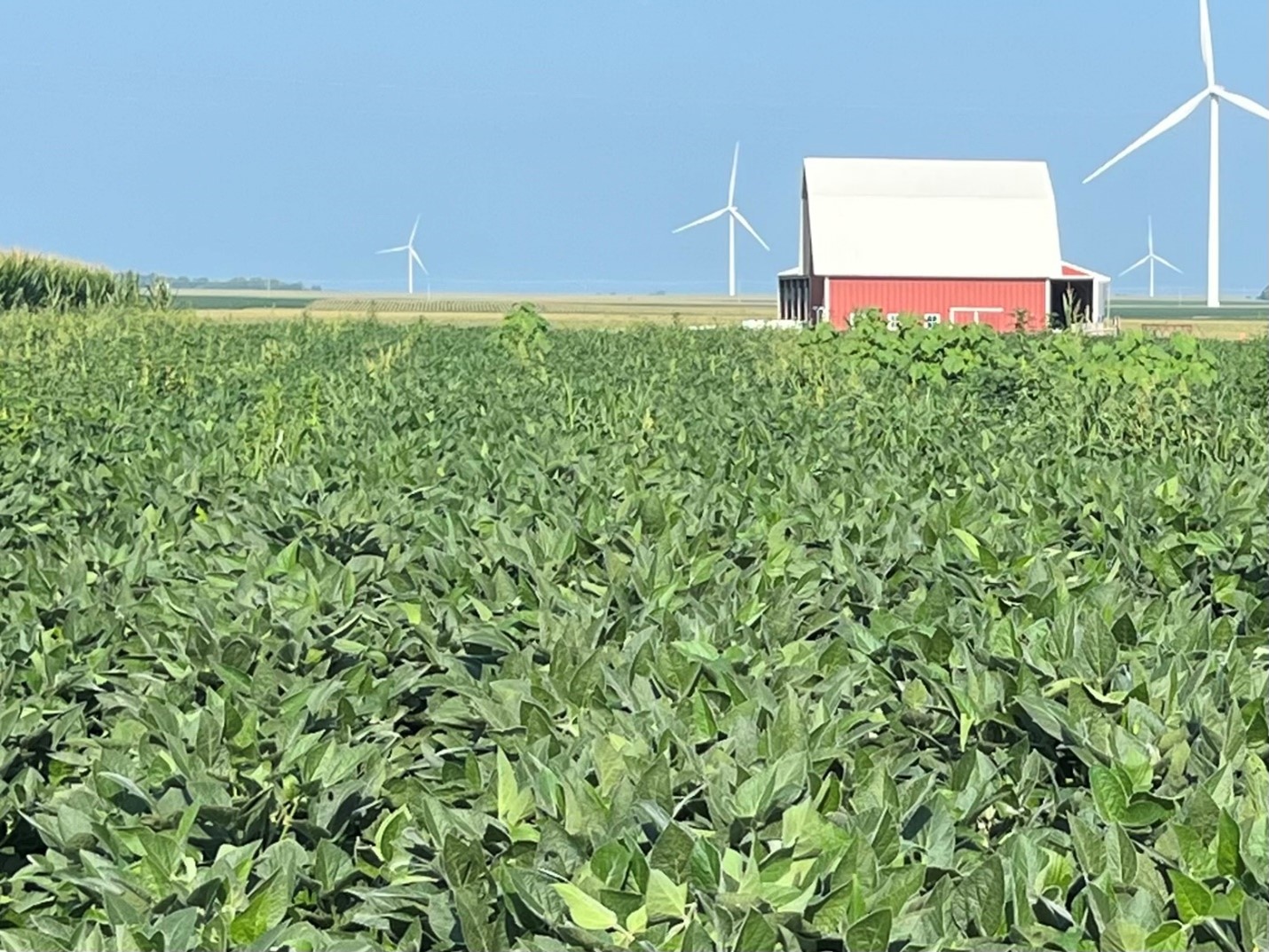 Growmark, Inc; Soybean field with weeds uncontrolled
Growmark, Inc; Soybean field with weeds uncontrolled
- Late-season field evaluations can help explain some of the yield differences experienced at harvest time.
- Evaluating the efficacy of your herbicide and pest management programs can provide information on what worked and what can be changed to achieve effective control of problematic weeds, diseases, and insects.
A little sweat equity now to assess corn and soybean fields can go a long way ahead of making input decisions for the 2026 cropping year. Observations taken at this time are valuable as they may help explain some of the yield differences that are observed at harvest. If the time is not taken to check fields, yield differences may go unexplainable. A few in-season notes recorded about these areas taken as the crop finishes but is still green will help you customize your programs and determine which issues show up consistently year after year. Utilize past and current years notes, imagery and other evaluations to try and pinpoint consistent problem areas and work on a plan to remedy the issues.
As spray season wraps up, it is important to make time to evaluate your overall herbicide, insect and disease management programs that were deployed this season. What worked well? What could you have done differently to improve your weed control? What changes do you plan to make for your weed control program next year? These questions may address traits, products, application rates and timing, or a combination of all.
Regarding insects, monitoring root feeding damage and rootworm beetle activity can help make management decisions for the following season. Did the Bt trait package perform well in these moderate to heavy rootworm scenarios? Should you consider rotation to soybeans or alfalfa, using a different trait package, or switching to at-plant insecticides? How about ear damage? Are you seeing insect feeding on more ears than is typical but used a hybrid that should have controlled these issues? If so, it could be that you may be experiencing insensitivity of a particular insect pest to a Bt trait. This has happened in regions with ear worms and western bean cutworm, and there is no reason to assume these issues could not occur elsewhere.
If planting into areas that showed signs of seedling diseases this year, selection of a more resistant soybean variety and pairing this with a labeled seed treatment may help reduce issues the next time soybeans are planted into these fields. Remember, rotation to a non-host crop is always a viable option also.
In areas that experienced Phytophthora issues, evaluating seed treatment packages and varietal resistance can help us come up with a game plan to better fend off Phytophthora infection next season and protect the soybean crop.
Foliar diseases got an early start this season with reports of Southern Rust, Grey Leaf Spot, Northern Corn Leaf Blight, and Tar Spot getting established in large portions of the corn belt. Did you see significant differences in hybrid tolerance to leaf diseases? If a fungicide was applied, how did it perform? Were there differences in fungicide application timing that affected yield?
Perhaps your soybean fields look fine, but the yield potential isn’t where you expect. Have you assessed your soils for soybean cyst nematodes recently? It may be time to look at the pressure imposed by this pathogen and consider management options. Are you willing to rotate to corn next season? Can you select a variety that has a different source of SCN resistance?
All of these items help you improve your chances of having a profitable season. A little sweat equity now taking notes can pay big dividends for you in the future! Your local FS crop specialist can help you decide the best management practices/programs and products for your fields and can provide you with a list of options that fit your individual needs
Related Categories: General agronomy, crop management, record keeping, yield, scouting